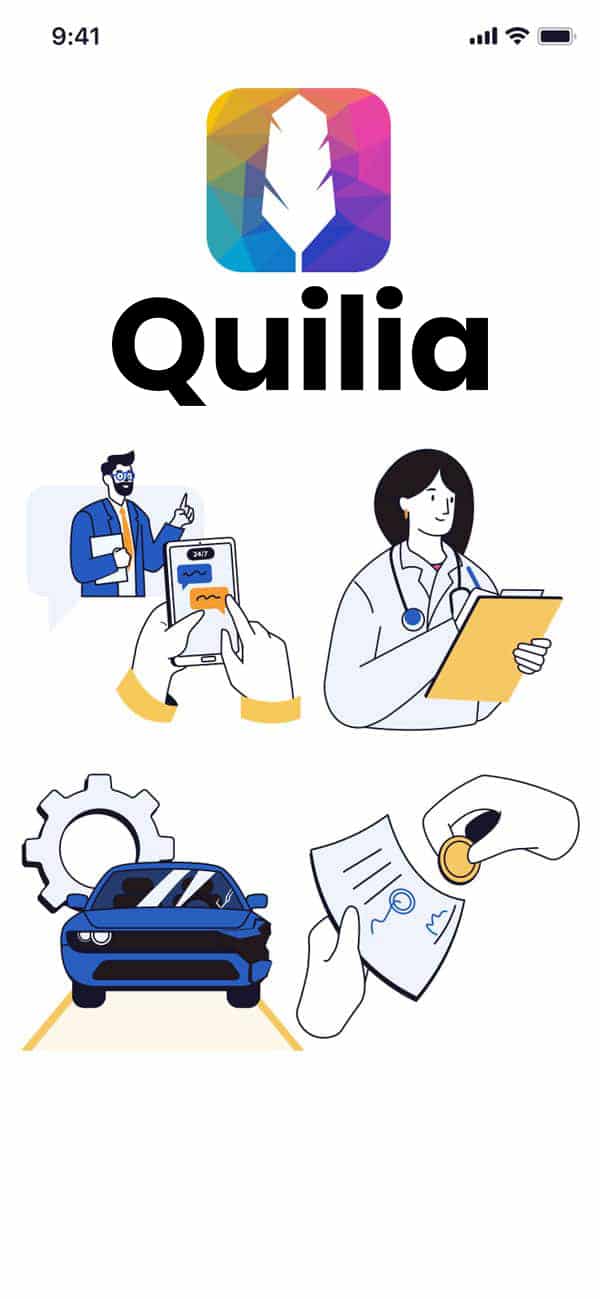Attorney-client portals were supposed to solve all communication problems between law firms and their clients. On paper, they sound perfect: a secure space where clients can log in, get updates, access documents, and feel informed about their cases. But in reality, they often fall short. This is especially true for personal injury firms, where client expectations and needs can be very specific.
Understanding the Challenges with Attorney-Client Portals
So, why don’t these attorney-client portals work as intended? Let’s break it down.
1. Increased Expectations = Increased Workload
When you offer clients a portal, you’re essentially telling them, “Hey, you can check in on your case anytime!” And what do they do? They check it. Often. This means they expect to see something new every time they log in. If there’s nothing new, they get frustrated. And to keep them happy, your firm now has to update the portal constantly, which adds more work to your already full plate. Instead of streamlining communication, the portal createsmore tasks for your team.
2. Clients Forget to Check Them
Despite the hype, most clients don’t make it a habit to check the portal. Life is busy, and unless they’re super tech-savvy or highly motivated, they might not even remember they have access to it. So, what happens? They call or email you anyway, asking for updates. Suddenly, the portal isn’t saving you time or effort; it’s just another thing that isn’t getting used.
3. Information Overload or Lack Thereof
Portals are often full of legal jargon and updates that aren’t actionable. Clients log in, hoping to understand what’s going on with their case, but instead, they’re met with terms and documents that make little sense to them. The portal doesn’t provide any real value if the information is unclear or actionable. Clients want to know what they need to do next or what’s happening with their case—not just see a bunch of documents and notes they don’t understand.
4. Security Concerns
We’re all about keeping things secure, especially when it comes to sensitive client information. But the more access points you create, the more potential vulnerabilities you introduce. Clients might not use strong passwords, or they might access the portal from insecure devices. This adds a layer of risk that your firm has to manage, which can be a headache, especially if something goes wrong.

5. Portals Are Often Clunky and Hard to Use
Let’s be real—most client portals aren’t exactly user-friendly. Clients may struggle with logging in, finding the information they need, or even understanding how to navigate the portal. If it’s not easy to use, clients won’t use it. And if they’re not using it, what’s the point? Your firm ends up fielding the same calls and emails as before, with the added frustration of maintaining a system that does not deliver the expected results.
For strategies on enhancing client engagement, check out our article on Maximizing Client Engagement.
6. One-Size-Fits-All Portals Fall Short
Attorney-client portals often adopt a one-size-fits-all approach, which can be problematic. Not every client has the same comfort level with technology. While some clients may find the portal easy to navigate, others may struggle, feeling overwhelmed or confused by the interface. This lack of customization can result in clients avoiding the portal altogether, leading to frustration and disengagement.
Portals that don’t consider the varying needs of clients ultimately fail to provide the support and accessibility that all users require, rendering them ineffective for a significant portion of your client base.
7. The Personal Touch Gets Lost
Clients hire you not just for your legal expertise, but also for the personal attention they expect from an attorney. When communication is reduced to a portal, that personal touch can get lost. Clients might start to feel like just another number in the system, rather than a valued individual receiving tailored legal services. The portal becomes a barrier rather than a bridge.
8. High Costs, Low Returns
Setting up and maintaining a client portal isn’t cheap. Between the initial setup, ongoing updates, and the time spent managing it, the costs can add up. If clients aren’t using it effectively, or if it’s creating more work for your team, the return on investment can be questionable. In the end, you might wonder if the portal is more trouble than it’s worth.
9. Clients Still Don’t Know What’s Going On
Despite all the efforts, one of the biggest complaints from clients is still, “What’s going on with my case?” If a portal can’t answer that question in a clear and timely manner, it’s failing at its primary job. Clients don’t just want access to information; they want clarity and peace of mind.
10. Portals Don’t Encourage Client Engagement
Let’s face it: portals are passive. They’re static repositories of information, not dynamic tools that engage clients or encourage them to take action. Clients need to feel involved in their case, not just like they’re on the outside looking in. A portal, by its nature, doesn’t do much to foster that sense of involvement.
Quilia: The Solution Personal Injury Firms Have Been Dreaming Of
So, what’s the alternative? Enter Quilia. It’s not another portal—it’s a game-changing client app that addresses all the issues traditional portals have and then some.
Here’s how Quilia flips the script:
- Automated Updates, Less Work: With Quilia, you don’t have to worry about constantly updating the portal. The app automatically pushes updates to clients, so they’re always in the loop without adding to your team’s workload.
- Engagement Built In: Quilia isn’t passive. It actively engages clients by prompting them to enter necessary information and keep up with their case. This means fewer follow-up calls asking, "What’s going on?"
- Clear and Actionable Information: Quilia simplifies complex legal jargon into clear, actionable steps that clients can easily understand and act on. No more confusion, just clear communication.
- Real-Time Notifications: Clients don’t have to remember to log in—Quilia notifies them of updates in real-time, so they’re always informed without the need to check in manually.
- User-Friendly Experience: Quilia is designed with the client in mind. It’s intuitive and easy to use, regardless of the client’s tech-savviness. This means higher engagement and satisfaction.
- Personalized Touch: Unlike one-size-fits-all portals, Quilia tailors the experience to each client, making them feel valued and understood.
For more on how Quilia can seamlessly integrate with your practice, request a demo!

